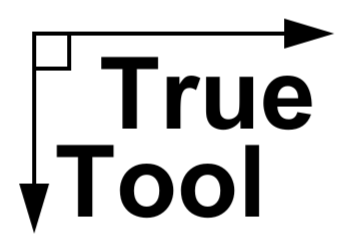
V-Belt Tension
Share
V-belts are commonly used in various machines and vehicles to transfer power between pulleys. However, their efficiency and longevity depend heavily on the proper tensioning. If the tension is too loose or too tight, it can cause issues that compromise both performance and the lifespan of the system.
1. Increases Efficiency
When the v-belt is too loose, it may slip during operation, which reduces the efficiency of the power transfer. This slipping turns power directly into waste heat and doesn't get the power where you need it to be.
2. Reduces Wear
An under-tensioned v-belt will slip and cause heat buildup as noted in point one. This heat will cause accelerated aging of the belt compounds, leading to cracking and eventually failure. This heat may also damage bearings if left unchecked, which can lead to costly repairs.
While a belt is more forgiving of over-tensioning, care must still be taken. Over-tensioning a belt can cause damage to its tensile members, the part of the belt supporting the tension. If mounted directly to a motor, care should also be taken not to exceed the motor shaft's overhung load rating.
3. Increased Reliability
Properly tensioned belts on well maintained systems perform reliably. You need a system that you can count on. Proper tension ensures reliable power transfer and consistent belt life, allowing you to set a regular maintenance schedule.
Contact your favorite belt distributor to obtain a belt tension measuring tool and follow the manufacturer's guidelines for tensioning the belts.
